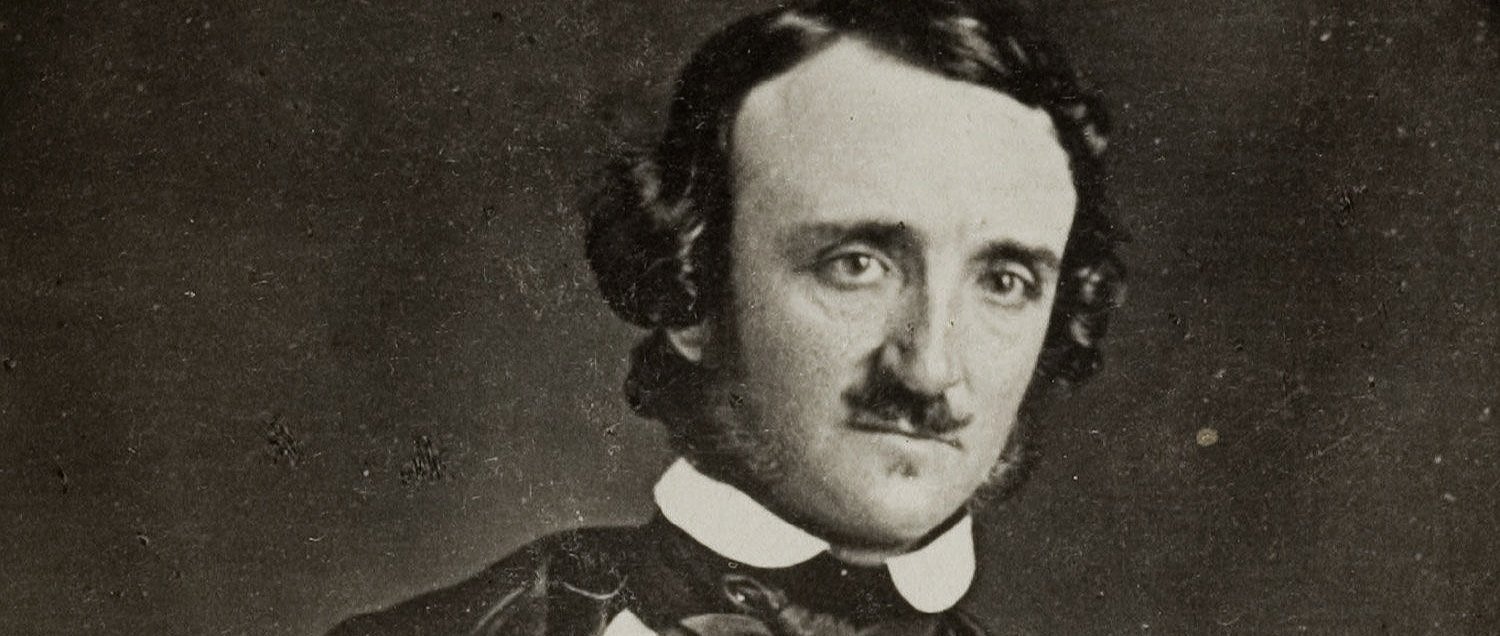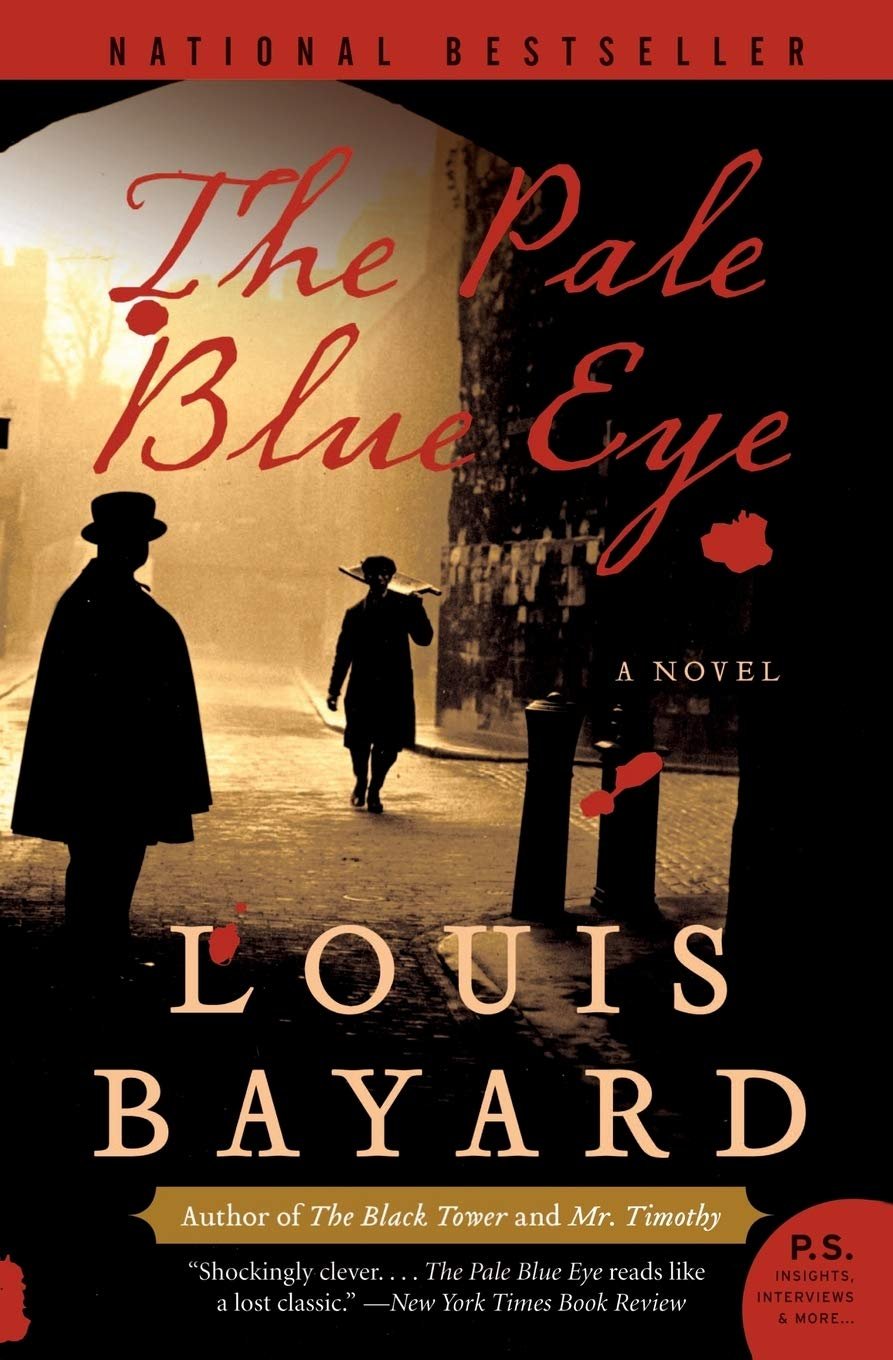Bigfoot and the resurrection, a Frog Pond test case
/A few weeks ago I wrote about Alan Jacobs’s three-strike system for determining whether a current book is worth reading. He laid out some of his system here back in April, writing specifically of new literary fiction. (Brooklynite, three strikes; Ivy Leaguer, two strikes; MFA, one strike, etc.) I brought it up in the context of elite cultural bubbles in general, Edgar Allan Poe’s hated Boston “Frogpondians” being a paradigmatic example.
This was already on my mind because of a trip to our local library with the kids during which I picked up a new book on a whim: The Secret History of Bigfoot: Field Notes on a North American Monster, by John O’Connor. Leafing through the book at home, I alighted on this paragraph:
Even demonstrably batshit belief—in headless cannibals, in Jesus rising from the dead, in the COVID-19 pandemic being a global hoax orchestrated by the CDC and Zoom to prevent the Tangerine Tornado from being reelected—can make you feel as if you’ve pierced the Baudrillardian veil to see the world as it truly is. Not so long ago, perfectly reasonable people thought exposure to moonlight could get a girl pregnant. Or that rainwater found on tombstones removed freckles. Or that 7,409,127 demons worked for Lucifer, overseen by seventy-nine devil princes and helped by countless witches who multiplied faster than they could be burned alive. “I believe because it is absurd,” went the credo of third-century Christian theologian Tertullian. In many ways, our lives remain influenced by beliefs that were set in place when we crucified people on the regular.
It’s hard to know where to start with a specimen like this: the flippant tone (flippancy being the devil’s preferred form of humor), the cloying in-group signaling in which the author invokes meme culture and internet slang and Baudrillard at the same time, the cheap dunk on a bad-faith misquotation of Tertullian—all are worth attention. When Strunk and White condemned what they called “a breezy manner” (elsewhere O’Connor refers to Beowulf as “Mr Big Dick himself,” and Leviathan as “God’s way of reminding Job . . . that He is not to be fucked with”) they had good reason.*
No, what stuck out immediately was the lumping together of COVID conspiracy theories, superstitions, creatures reported in Herodotus, early modern amateur demonology, folklore, and the resurrection of Jesus Christ as “batshit.” (Presumably he means “batshit crazy,” though he chooses to economize his words here, of all places.) And not just “batshit,” but “demonstrably batshit.”
Someone should alert the press.
I decided to find out more about the author, and what do you know? Ivy League MFA, has written for The New Yorker, teaches at Boston College,** and lives in Cambridge, Massachusetts, making him an actual Frogpondian. Using Jacobs’s system, the Columbia MFA is three strikes by itself. At this point the knowing, dismissive tone is self-explaining.
Jacobs’s strike system is a simple heuristic meant to weed out works produced within and for intellectual bubbles. The passages I read—many more than the paragraph I quoted—and the author’s credentials suggest just such a bubble pedigree. So who is O’Connor’s Secret History of Bigfoot written for? As with all bubble writing, the likeminded. NPR, voice of the Frog Pond, called it
a smart, engaging, incredibly informative, hilarious, and wonderfully immersive journey not only into the history of Bigfoot in North America and the culture around but also a deep, honest, heartfelt look at the people who obsess about, the meaning of its myth's lingering appeal, and the psychology behind it.
But ordinary readers aren’t so sure. Here’s a well-put sample from a reader review on Goodreads, where the book has three out of five stars—a vigorously middling score:
I’m really confused as to what the purpose of this book was. As a person who’s uninitiated into Bigfoot lore I didn’t learn hardly anything about the phenomena. The same could be said for the commentary on psychology and delusion. I also don’t think this book is designed with Bigfoot enthusiasts in mind (nobody wants to be casually shrunk and mocked), or skeptics, who wouldn’t have much to take away from this book.
In a bit of serendipity, Jacobs wrote a short, one-paragraph post on his blog that I missed during the hurricane. It’s called “Parochialism,” and is a response to a New Yorker essay by Manvir Singh (Brown undergrad, Harvard PhD, UC Davis anthropology faculty). Jacobs notes simply that “the radical parochialism of elite opinion is quite a remarkable thing” and that, for a writer of Singh or O’Connor’s ilk, “ideas that aren’t present (a) in his social cohort and (b) at this instant simply don’t exist.”
Point (a) is especially important there. Living in a bubble leads the people in the bubble to think that the cocksure, mocking tone characteristic of work like this is just wit. The author can assume that everyone who matters agrees with him, and that anyone who disagrees doesn’t matter.*** We used to call this “preaching to the choir.” And the thing about preaching to the choir is that it’s unnecessary, and no one pays attention.
If you’d like a quick demonstration of just why it’s, well, batshit crazy to lump the resurrection of Jesus in with conspiracy theories and folk medicine, you can start with Richard Bauckham’s Jesus: A Very Short Introduction, a short work by a careful, earnest scholar for Oxford UP. Pages 104-9, which you can start reading here, offer an excellent précis for just why billions of people have believed something like this for two thousand years.
* “The breezy style is often the work of an egocentric.”
** I find it curious, albeit not terribly surprising, that someone who teaches at a Catholic college can blithely describe the resurrection of Christ as a “demonstrably batshit” idea.
*** A different Goodreads user counted 28 mentions of Donald Trump—by name, with more through brilliant nicknames like “the Tangerine Tornado,” which is, bizarrely, indexed—in O’Connor’s book. What writer who is not a well-submerged Frogpondian would risk alienating half of his potential readership to make puerile political digs in a book about Bigfoot?



















